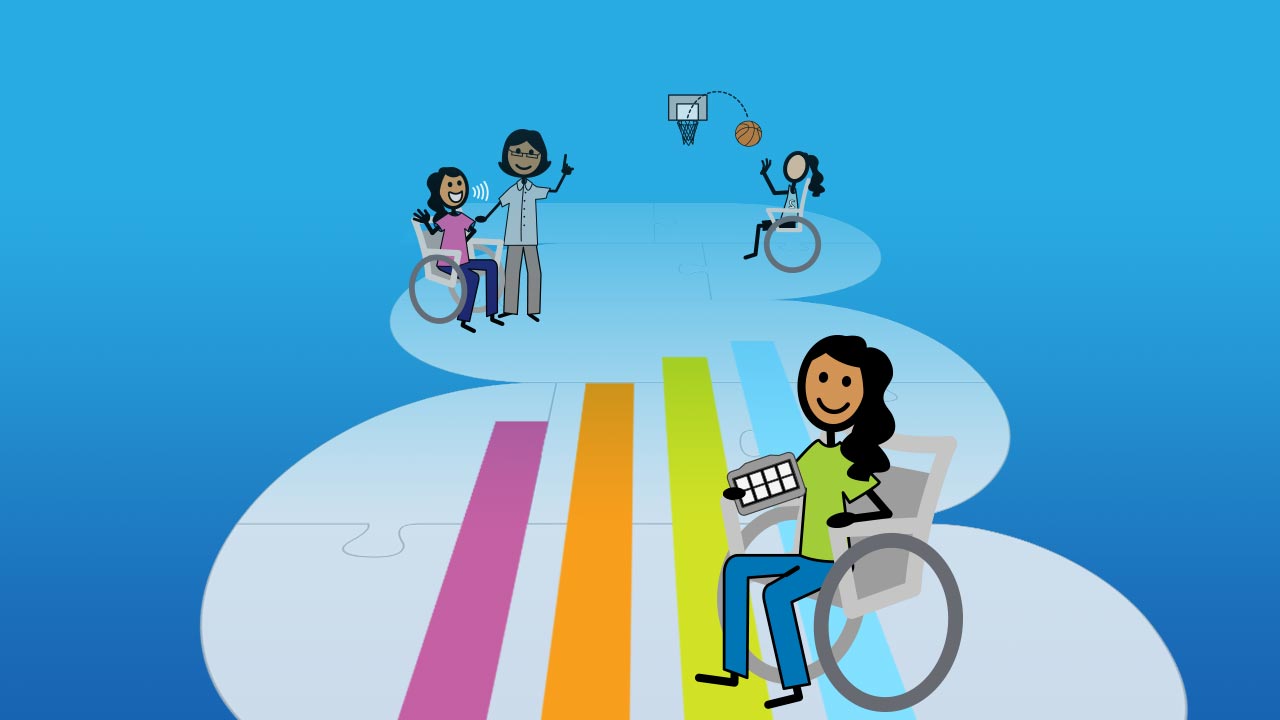In teaching at a high school for students with autism, I have written an abundance of IEPs. The basic difference between an IEP and a 504 plan can be summed up in one sentence: both plans provide for accommodations, but only an IEP provides for specialized instruction for students in grades K–12, while a 504 plan can serve students at both the K–12 and college levels.
However, the plans are complex and serve different purposes. So which is better, an IEP or a 504 plan?
What Is an IEP?
An IEP falls under the Individuals with Disabilities Education Act (IDEA). This federal act ensures access to special education and related services for eligible children with disabilities. An IEP is a working document that allows for necessary accommodations, and a student is also able to receive specially designed instruction with an IEP, meaning they get tailored instruction unique to them based on their disability, goals, and objectives. These goals are addressed by a special education teacher in the student’s least restrictive environment (LRE) to help the student make progress in areas affected by their disability.
What’s in an IEP?
An IEP must contain information about the child and the specific and unique educational program designed to meet their needs. The document includes the child’s present levels of academic achievement and functional performance (PLAAFP), which describes how the disability impacts the child’s involvement in the general education curriculum. Based on the PLAAFP, IDEA also requires the following IEP components:
- Measurable annual goals
- Progress reporting
- Special education, related services, and supplemental aids and services
- Program modifications and accommodation supports
- Least Restrictive Environment statement
- Participation in state and district‑wide tests
- Description of service delivery
- Postsecondary transition components
- Transition services and activities
Who Qualifies for an IEP?
The first step in qualifying for an IEP is a comprehensive evaluation to see if the child has a disability and if the disability has an adverse effect on their educational progress. Our blog post includes information about what parents can expect at an initial IEP eligibility meeting.
In accordance with IDEA, there are 13 categories for which students qualify to receive free and appropriate education (FAPE) in special education:
- Autism
- Deaf-blindness
- Deafness
- Emotional Disturbance
- Hearing Impairment
- Intellectual Disability
- Multiple Disabilities
- Orthopedic Impairment
- Other Health Impairment (OHI)
- Specific Learning Disability (SLD)
- Speech or Language Impairment (SLI)
- Traumatic Brain Injury (TBI)
- Visual Impairment (VI)
IEPs are valid for students in grades K–12 but are no longer valid once a student earns their high school diploma. A legally binding document, each IEP provides a written plan for intervention and specialized instruction in deficit areas affected by a student’s disability.
Example
I have a student who is enrolled in all advanced content classes but struggles with peer interactions and social skills. His IEP includes goals addressing these deficit areas that are a result of his autism. We can service these goals and help this student work toward overcoming his deficits based on the strengths and needs identified in his IEP through specially designed instruction. Although IEPs must be reviewed annually, goals and short-term objectives may be adjusted earlier than that based on student progress.
What Is a 504 Plan?
A 504 plan is covered under Section 504 of the Rehabilitation Act, which is a federal civil rights law that ensures an individual cannot be discriminated against due to their disability. These plans provide support and accommodations but do not include goals and objectives. 504 plans are reviewed periodically based on need. The rule of thumb for most states is every three years (the only caveat is if the medical condition is no longer “substantially limiting one or more basic life functions or activities”), but parents have the right to request a meeting to discuss the plan more often if they feel the need.
What’s in a 504 Plan?
There is no requirement for what is included in a 504 plan; however, schools create personalized accommodations to address the needs of a child based on their disability. Accommodations can include assistive technology, preferential seating, getting a written list of instructions, receiving class notes prior to the lesson, and larger text, among many others.
Who Qualifies for a 504 Plan?
Section 504 broadly defines someone who qualifies for a 504 plan as an “individual with a disability … which substantially limits one or more of such person’s major life activities.” They are often granted to students who may have medical needs or a disability that requires support but not specialized instruction. The school team should take into account information from the child’s doctors, family members, teachers, and other relevant service providers to determine whether a 504 plan is needed.
Some students who don’t qualify for special education services through an IEP do qualify for services through a 504 plan. For example, a student may have a disability that carries into school work, and needs to use a word processor instead of handwriting assignments, but doesn’t benefit from strategic personalized instruction in an academic area. Another student may have severe asthma and need certain accommodations during physical education, like taking breaks after an extended period of time, but is still physically capable of participating in instruction alongside their typical peers.
Example
My daughter, for instance, didn’t need academic intervention but did benefit from accommodations such as extended time due to her Attention Deficit Hyperactivity Disorder (ADHD). As previously mentioned, a 504 plan is also valid in college and can allow students to have accommodations such as extra time on tests and access to technology or other services to ensure they have equal access to the learning environment.
Choosing the Appropriate Plan
Team cooperation is necessary to gather information and collect comprehensive data about the child prior to choosing the appropriate plan and the action steps that follow. While both plans are valid for grades K–12 and can provide support through accommodations, there are important differentiators. An IEP’s meaning is to uphold the child’s rights according to IDEA, while also meeting the child’s needs through an individualized system of supports. IEPs are annual and provide additional intentional interventions through specialized instructional goals and objectives. 504 plans provide accommodations without the need for specialized instruction and do not need to be updated every year. Both plans provide benefits for supporting students in their path toward independence!



